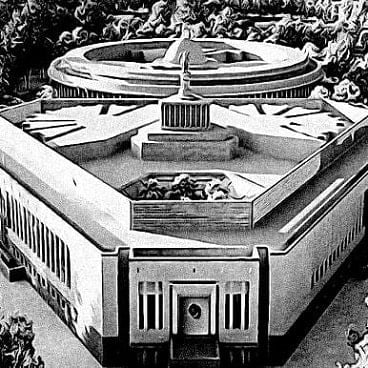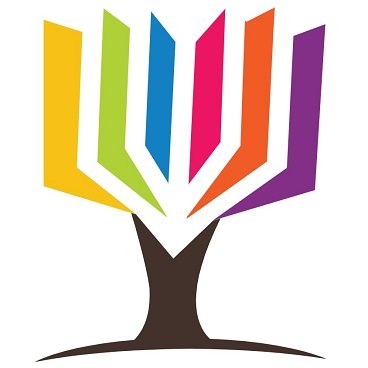Today, there are a plethora of online education websites available on the internet which seem to be complete in their way, but are still unable to fully satisfy the students or competitive exams aspirants.
Vijayam is not just another educational website. At this website, we try to provide brief and deep knowledge about the subject, which is helpful to students or competitive exams aspirants.
An emblem by definition is "a heraldic object or symbolic object as a unique insignia that represents any country or organization, or something that represents a particular person, group, idea, quality". The emblem word comes from the Greek word "emblema", which means "embossed ornament". An emblem may be worn or otherwise used as an identifying badge or patch.
The national emblem of India is an adaptation of the Lion Capital atop the Ashoka Pillar of Sarnath, Uttar Pradesh, and is combined with the words "Satyameva Jayate", written in Devnagari Script. The words "Satyameva Jayate" are the National Motto of India. It is translated as ‘Truth alone triumphs’. The words "Satyameva Jayate" are a quote from Mundaka Upanishad, which is an ancient Sanskrit Vedic text, embedded inside Atharva Veda. The National Emblem of India is also called the State Emblem of India.
An emblem by definition is "a heraldic object or symbolic object as a unique insignia that represents any country or organization, or something that represents a particular person, group, idea, quality". The emblem word comes from the Greek word "emblema", which means "embossed ornament". An emblem may be worn or otherwise used as an identifying badge or patch.
The official name of India is the Republic of India. It is a country of the Asia Continent. It is situated on the western fringe of the Indian Ocean. It lies midway between South East Asia and South West Asia. India is the second-most populated country in the world and also the seventh- largest country by land in the world, with a total area of 3,287,263 sq. km.
On the basis of relations between the national government and its constituent parts, such as states or provinces, the government can be classified into unitary and federal. In a unitary government, the relationship between the centre and its constituent parts such as states or provinces are largely one-sided, with the central government enjoying almost complete control over its constituent parts such as states or provinces. In a unitary system, almost all power and responsibility are vested in the central government. Local governments may only exercise power through the central government. In this system, sovereignty is vested in the central government alone.
Introduction Another important feature of the Indian political system is its parliamentary form of government both at the union and state levels. However, democratic governments
The Constituent Assembly adopted the Indian Constitution on 26th November 1949, and it came into effect on 26th January 1950. The Constitution of India has borrowed most of its provisions from various constitutions of the countries as well as from the Government of India Act of 1935. The structural part of the Constitution is to a large extent and derived from the Government of India Act of 1935.
The Indian Constitution is neither flexible nor rigid but a synthesis of both that can be amended according to the needs of society whenever required. Constitution under Article 368 grants power to the Parliament to amend whenever there is a necessity. The Article also lays down the procedure for amendment in detail. However, this power of the Parliament is not absolute. The Supreme Court has the power to declare any law that it finds unconstitutional void.



